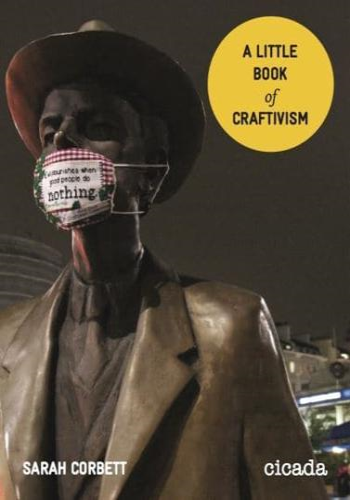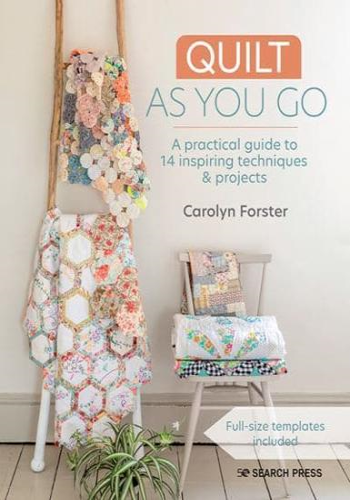Craftivism is a term coined by Betsy Greer, referring to the raising of social consciousness through the medium of craft. The Craftivist Collective is at the forefront of this movement. Their mini cross-stitched banners and tiny urban installations touch upon issues of environmentalism, corporate greed and gender equality in a warm and humorous way - quietly encouraging people to reflect upon these subjects in their own space and time. Through the process of crafting (usually in public places) the craftivists contemplate the issue that they are raising, and also introduce it to members of the public, who inevitably ask what they are doing. The final product is thoughtprovoking without feeling intrusive or overwhelming. Sarah Corbett set up the Craftivist Collective in 2009, and it now has a worldwide following. Craftivist followers in New York, Los Angeles and Berlin have taken inspiration from the website and photographed their work in prominent places. In this little volume, Sarah Corbett introduces some of the ideas behind craftivism alongside how-to instructions for a selection of craftivist projects and hints and tips for beginners. In the words of the Craftivist Collective, 'a spoonful of craft helps the activism go down'.







